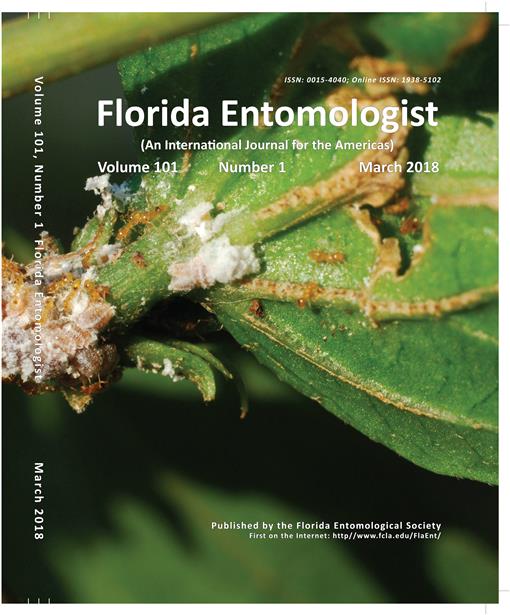In addition to being a structural pest, the Asian subterranean termite, Coptotermes gestroi (Wasmann) (Blattodea [Isoptera]: Rhinotermitidae), appears to be a serious pest of the native urban tree canopy of southeastern Florida. Asian subterranean termite colonies have the ability to cause feeding damage to a wide range of trees comprising the urban canopy, some potentially to a lethal level. Slash pine, Pinus elliottii Engelm. (Pinaceae), appears to be particularly susceptible to C. gestroi feeding damage, as the termites feed primarily on the outer layers of the wood, immediately beneath the bark, wounding live tissues and ultimately girdling the tree. In comparison, hardwood trees such as live oak, Quercus virginiana Mill. (Fagaceae), sustain damage to the heartwood at the center of the tree, resulting in a central cavity, but leaving the live tissue intact. Our results suggest that C. gestroi has the potential to kill pine trees within the local urban canopy, which may irreversibly alter the urban forest composition. In addition, many large trees in our survey have been consumed partially by mature C. gestroi colonies, potentially compromising their structural integrity. Some large oak trees that were extensively hollowed out by C. gestroi collapsed in 2017 during hurricane Irma. We discuss different potential approaches for protecting susceptible trees, as a comprehensive IPM strategy is needed for this invasive termite pest species, especially in the complex and extensive urban forest of southeastern Florida.
How to translate text using browser tools
1 March 2018
Coptotermes gestroi (Wasmann) (Blattodea [Isoptera]: Rhinotermitidae), a Threat to the Southeastern Florida Urban Tree Canopy
Thomas Chouvenc,
Jeremiah R. Foley IV

Florida Entomologist
Vol. 101 • No. 1
March 2018
Vol. 101 • No. 1
March 2018
alteración del paisaje
Asian subterranean termite
bosque urbano
daño estructural
invasive pest
landscape alteration
plaga invasora




